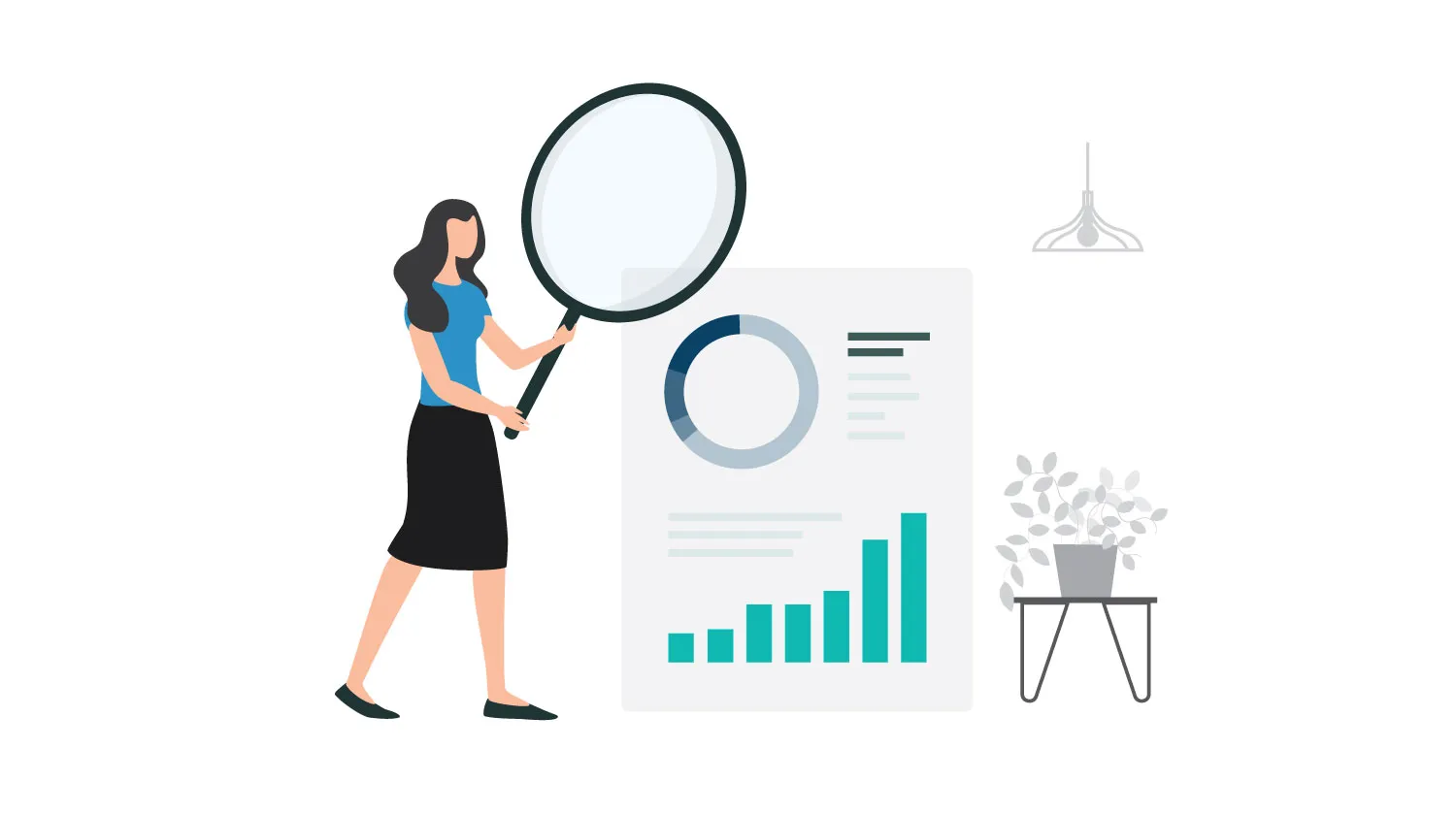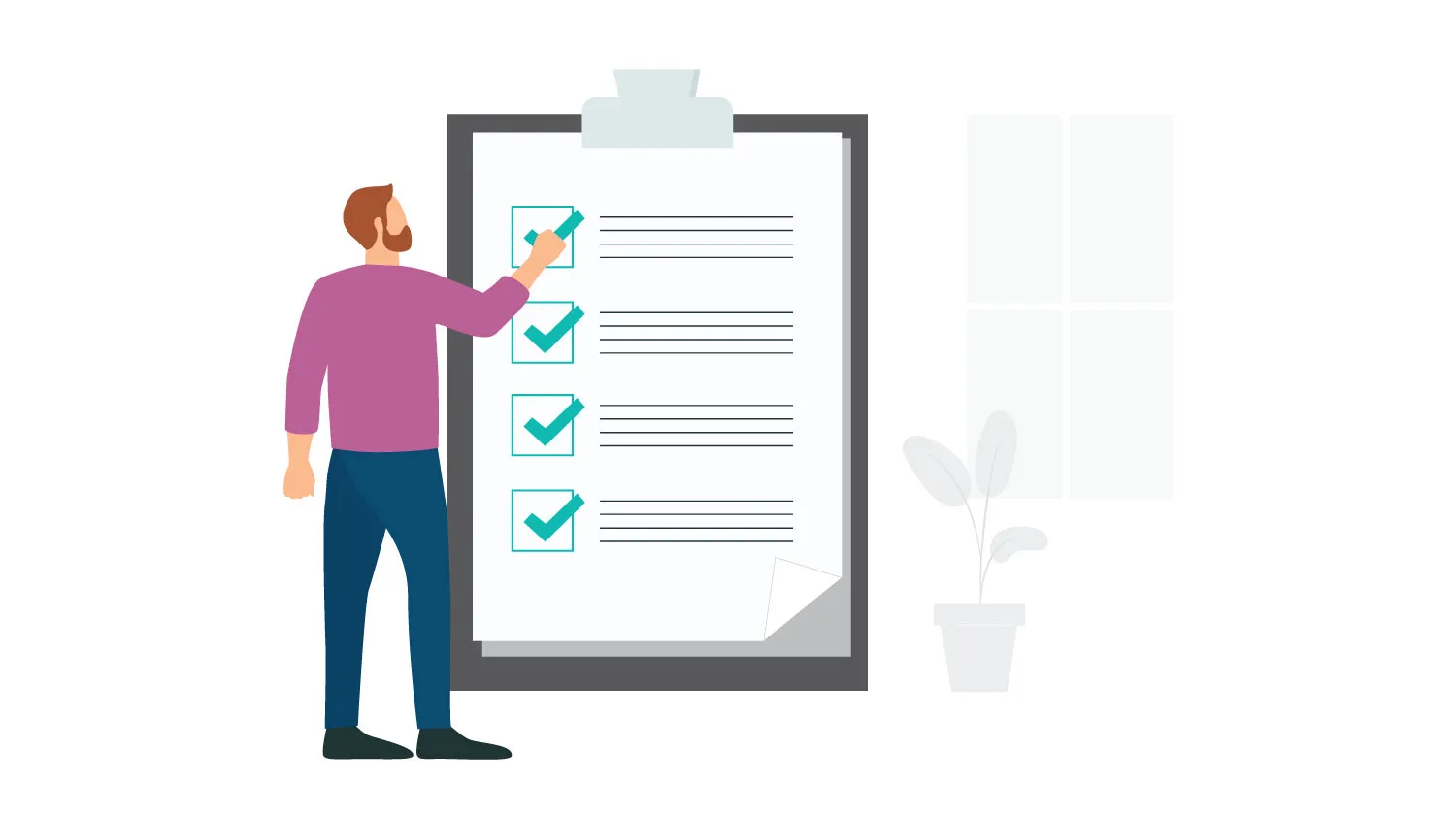November 13, 2020
CDPs & OODA loops: Insights for fast-growing businesses
OODA loops are a strategic tool for acting quickly that originated in the military. As the retail market becomes increasingly volatile, business leaders can also apply OODA loops to help them make quick decisions and outpace the competition. But where does the balance lie between strategic agility and reckless reactivity? The answer deals with the way you collect, analyze, interpret, and act on your data.

OODA stands for observe, orient, decide, and act.
Developed by military strategist John Boyd, this four-part cycle offers a framework for making smart decisions in fast-paced environments.
Needless to say, the current retail environment would not be considered as high-stakes as the combat situations for which the OODA loop was originally developed. However, you can still employ OODA loops in your day-to-day decision-making processes to enhance your agility and maintain a competitive edge.
By using a Customer Data Platform (CDP) to combine, enrich, and organize your data around individual customer profiles, you can improve the speed and ease with which you observe customer behavior, draw insights, and adapt your strategies based on those insights. When you give every team access to the same dataset, you empower them to make agile, insight-driven decisions that enhance the customer experience and drive engagement across every channel and touchpoint.
OODA loops in the customer data world look like this:
- Observe: Collect, enrich, and standardize your data to gain a single customer view.
- Orient: Derive customer insights, measure performance, and track changes using analytics tools.
- Decide: Use these insights to make informed decisions on how to improve customer engagement.
- Act: Activate personalized, customer-centric campaigns across your retail platforms.
Here’s how customer insights can be used to increase the speed and accuracy of decision-making using the OODA framework.
Observe the consumer landscape with a single customer view.

The first step in the OODA framework—observe—is to take stock of the world around you to understand what’s happening and where the threats or opportunities lie.
In today’s data-heavy world, businesses can observe their customers, competitors, and the greater market with relative ease—but all too often, this information is siloed in channel-based systems, teams, and processes.
To truly and holistically understand your customers, you need to unify your data across channels; enrich that data with third-party sources, predictive attributes, and targeted customer surveys; and automatically and persistently update this data as new information streams in.
A single customer view includes:
- Customer data, such as name, email address, gender, and date of birth.
- Transaction data, including total spend, average order values, sales channel preferences, and products purchased.
- Email engagement data, such as opt-in status, open rate, and click rate.
- Web engagement data, including pages viewed, products added to cart, and device used.
- Third-party data, such as Experian Mosaic Group, household composition, and income.
- Predictive data, such as predicted lifetime value, churn risk, and next best product recommendations.
With pre-built integrations and flexible APIs, a CDP can help you collect, enrich, and standardize your data into a single customer view. These holistic customer profiles allow you to quickly and easily observe your customers to understand who they are and how they engage with your brand.
For example, Australia and New Zealand’s leading fashion and sportswear retailer THE ICONIC achieved a single customer view in less than 15 days with the Lexer CDP. Click here to read their story.
Orient yourself to your business’s reality with self-served insights and measurement tools.

The second step in the OODA framework is about reflecting on the observations you’ve made and considering your options for moving forward under the present conditions.
Once you’ve unified your data into a single customer view, you can derive insights to orient yourself to the current state of your business, customers, and greater competitive landscape. Consider the opportunities and risks that lie ahead of you, any gaps in your database, the resources you currently have available to you, and the needs and expectations of your customers to understand how to move forward.
However, generating insights with a CDP is not ubiquitously simple—look for a vendor like Lexer whose easy-to-navigate user interface was designed specifically for business users, not data analysts. By choosing a CDP vendor that not only connects data but also makes it available across the business, you can ensure that the insight-generating process is as efficient and effective as possible for all teams. To learn more about our unique UI, click here.
Customer insights can help you answer questions like:
- Which of your customers provide the highest value to your brand?
- Which of your customers are the most likely to churn within the next 6 months?
- What is the relative lifetime value of email opted-in vs. opted-out customers?
- Which customers repeatedly purchase products and why?
- Why do loyal customers love your brand?
- Why did churned customers leave?
- What impact have major market changes made on your customer base?
- When is the best time to retarget one-time buyers to drive a second sale?
- Where do your highest-value customers prefer to shop?
- Which messages, creative, and offers will resonate with your highest-value customers?
With the ability to self-serve insights to quickly understand the preferences, behaviors, and attitudes of your highest-value customers, you’ll be well-equipped to develop impactful engagement strategies for every stage of the customer lifecycle.
For example, specialty snowsports brand Spyder used the Lexer CDP to learn that 81 percent of their revenue was coming from only 20 percent of their customers. After digging into their data to learn more about this top 20 percent of customers, they were able to segment them into three clear, high-value personas. Click here to learn about the targeted, revenue-boosting campaigns that followed.
Decide how, when, and where to engage customers based on these insights.

The third step in the OODA framework is to decide how to proceed based on the context and considerations you’ve gathered in previous steps.
Your exact decision will depend on your customers, your business, and the greater environment, but you can feel confident that any decision you make will be derived from real insights about real customers. This data-driven, customer-centric approach will help you shape the strategy and messaging of your engagement campaigns for exponential growth.
Here are some common initial insights we find in our work with brands and retailers, as well as some best practices for responding to them:
- Gaps in customer data: When you first achieve a single customer view, you may find that there are key pieces of customer information missing from your database. A CDP like Lexer can help you fill in some of these gaps with inference models and third-party enrichment, but the rest may need to come from surveys and in-store data capture. Click here to read our how-to guide for building purposeful forms that collect new prospects for future email marketing, fill the gaps in existing customer profiles, and re-engage lapsed customers.
- Huge segment of one-time buyers: Most brands and retailers will find that one-time buyers make up their largest segment by volume—and driving the second sale is one of the most important milestones in creating loyal, long-term customers. Click here to read our practical guide to maximizing the second conversion by targeting the right audiences, at the right time, with the right messages, through the right channels.
- High number of returns: The expensive, time-consuming returns process can eat into your margins and wreak havoc on the customer experience. If you’re dealing with the common but challenging problem of high return rates, use your customer data to learn the characteristics of frequent returners and use this insight to inform any changes that need to be made to your sales channels, products, or messaging. For further insight, consider augmenting your NPS surveys to compare the return rates of promoters and detractors. Click here to learn more about unpacking customer insights with NPS surveys.
- Low lifetime value: Calculating predictive lifetime value requires three metrics: Average order value, purchase frequency per year, and customer lifespan. Because CLV is influenced by each of these metrics, you can grow CLV by targeting each of them separately. Click here to learn 9 practical tips for growing CLV from industry leaders.
- Lapsed and opted-out customers: Typically, a majority of lapsed customers are also opted-out of email. That means that email cannot be your only re-engagement channel, or you’ll miss the opportunity to reach and re-engage with a large portion of potential customers. By segmenting lapsed customers by channel addressability and targeting them across both email and social, you can increase your chances of re-engaging these audiences by reaching them in the channels they’re actually paying attention to. Outdoor brand Black Diamond did this successfully by using the Lexer CDP to orchestrate automated cross-channel win-back campaigns. Click here to read their story.
Although centralized, standardized data can provide you with an enormous amount of insight into your customers, it’s not always easy to know what to do with that insight once you have it. If your team lacks the expertise or resources to understand how to act on your customer insights, a CDP partner like Lexer can help you make sense of your data and offer strategic guidance for driving stellar results as your business evolves.
Act on your data-driven decisions by orchestrating personalized, omnichannel campaigns.

The last step in the OODA framework is to follow through with the decision you made.
By activating informed, customer-led campaigns across your various retail platforms, you can acquire high-value customers, grow lifetime value, increase media effectiveness, and develop innovative solutions for improving your business in the future.
A CDP can help you orchestrate these omnichannel campaigns with ease. With rich customer insights and granular customer segmentation as your foundation, you can set up automated customer journeys that trigger relevant outreach at key moments in the customer lifecycle.
For example, Brand Collective used the Lexer CDP to orchestrate personalized digital marketing campaigns following shifts in consumer behavior caused by the COVID-19 pandemic. Acting quickly to grasp the ecommerce opportunity created by lockdown, Brand Collective saw a 220 percent increase in ROAS, a 2x increase in new customer acquisition, and a 5x increase in revenue from paid channels.
Finally, because the OODA loop is a cycle instead of a one-off process, you should return to step one for a post-campaign analysis to understand what worked, what didn’t, and how to optimize your strategy moving forward. With straightforward measurement tools for sophisticated reporting, you can perform A/B tests, measure sales incrementally, and track changes across the business.
This test-and-learn approach to customer engagement helps you pivot quickly when necessary and continuously improve your performance for compounding returns—no matter what kind of surprises pop up along the way.
Real-time insight accelerates decision-making and improves outcomes
A CDP like Lexer helps improve the number of iteration cycles your business can undertake using the OODA framework. Decentralized insight, precise customer learning, and easily-activated campaigns empower you to move fast and outpace the competition—even in the wake of major market disruptions like COVID-19.
Arm your business with the tools and insights it needs to succeed in the ever-evolving retail and ecommerce market. With comprehensive data enrichment, native tools to support every customer touchpoint, and a talented team offering strategic guidance from implementation to optimization, Lexer can help you transform into an agile, customer-centric business.
Interested in using data to make faster, more reliable decisions for your business? Use the calendar below to book a meeting and learn more about Lexer’s CDP and services.
Speak with our retail experts

